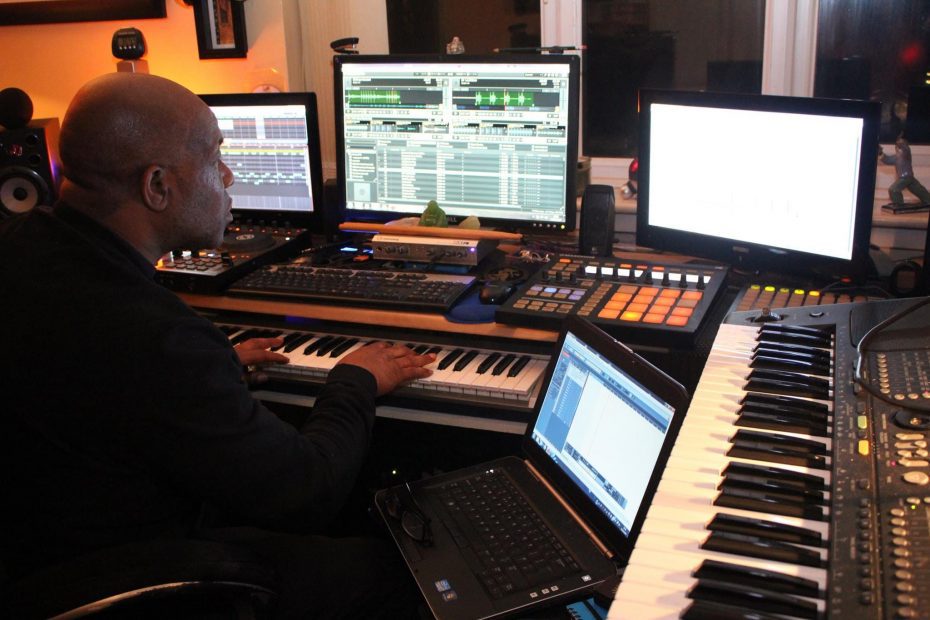In the following article, Paul from Audio Support details a year of remote support services he provided to his client, Derrick R Brown. During weekly remote sessions, Paul was able to take Derrick from a non-functioning home studio to making his own music in Cubase and releasing it on Tiktok.
February 2023
In February 2023 I received a message from a new client, Derrick, who needed help with his Cubase setup:
Hello. I have a problem with the music program Cubase 12 in setting it up, connecting up a midi keyboard and getting sound from the program. I can get sound using the mouse but not the keyboards. I have followed instructions using Youtube videos and all the studio and audio setting seem to be correct. I need some help please I am sure this is an easy fix but I am at a dead end now. Please help I am in Manchester UK. Derrick
I replied to Derrick’s email and we arranged a time to connect. Once we were speaking on the phone and had a remote connection setup between our computers, Derrick explained the problem in more detail.
Between ’05 and ’09 he had built a small home studio running Cubase, Maschine, sample libraries, various plugins and MIDI controllers. He had used his equipment to record and release his first album in 2009, but since then had taken time off music. He now wanted to get back into music making, but his studio wasn’t functioning in the same way it did in 2009. This was mainly due to a PC crash and having to have his hard disks replaced. Windows updates and upgrading to a new version of Cubase hadn’t helped.
Technical Support
During our first batch of remote sessions, Derrick and I tackled various technical issues:
- Malfunctioning USB hubs
- Identifying and replacing faulty HDMI cable
- Installing Cubase updates
- Installing driver updates
- Installing updates for Native Instruments plugins and hardware
- Testing audio recording in Cubase
- Setting up a folder structure for Cubase
- Replacing broken microphone cable
- Tidying Derrick’s sample libraries
- Indexing the sample libraries in Cubase’s Mediabay
Once we had the studio functioning properly, we moved our focus from technical support to tuition. Derrick wanted to use his studio to create original RnB and Soul music. I’m not an expert on RnB, but with my technical input and Derrick’s musical ability, we were able to get results he was happy with.
Creating Music in Cubase
In our weekly lessons, we focused on particular pieces of software and I showed Derrick examples of how he could use them in his tracks. For example: one week we looked at creating drum beats in Maschine and then looked at how to use loops in Cubase’s Mediabay to overlay percussion tracks on the beats. Derrick practised the examples during our teaching sessions and then worked independantly between sessions practicing and using the techniques to create his own music.
As our weekly sessions progressed, Derrick asked for my help achieving particular sounds and musical effects he heard in other productions and I did my best to try to help him find the sounds he wanted. As a teacher, I’m always happy to follow my learner’s interests and I let Derrick set the focus for our sessions.
We installed EZ Keys, EZ Bass and the Unison MIDI Chord Pack and for a few months we focused on chord theory, how to build chord structures and how to turn those structures into songs. To further his knowledge of chords, Derrick started to practice basic songs on the keyboard and was quickly able to pick up changing chords and playing along with backing tracks. We looked at how chords relate to each other within a musical key and how we can use scales within that key to create melodies.
Sometimes we would switch to technical support to solve problems that had arisen. For example, we found an issue with certain notes on Derrick’s MIDI keyboard, which after investigation turned out to be a hardware failure. Derrick ordered an Arturia Keystation MIDI controller which solved the problem and also came bundled with Arturia Keylab software bringing more sounds to the studio.
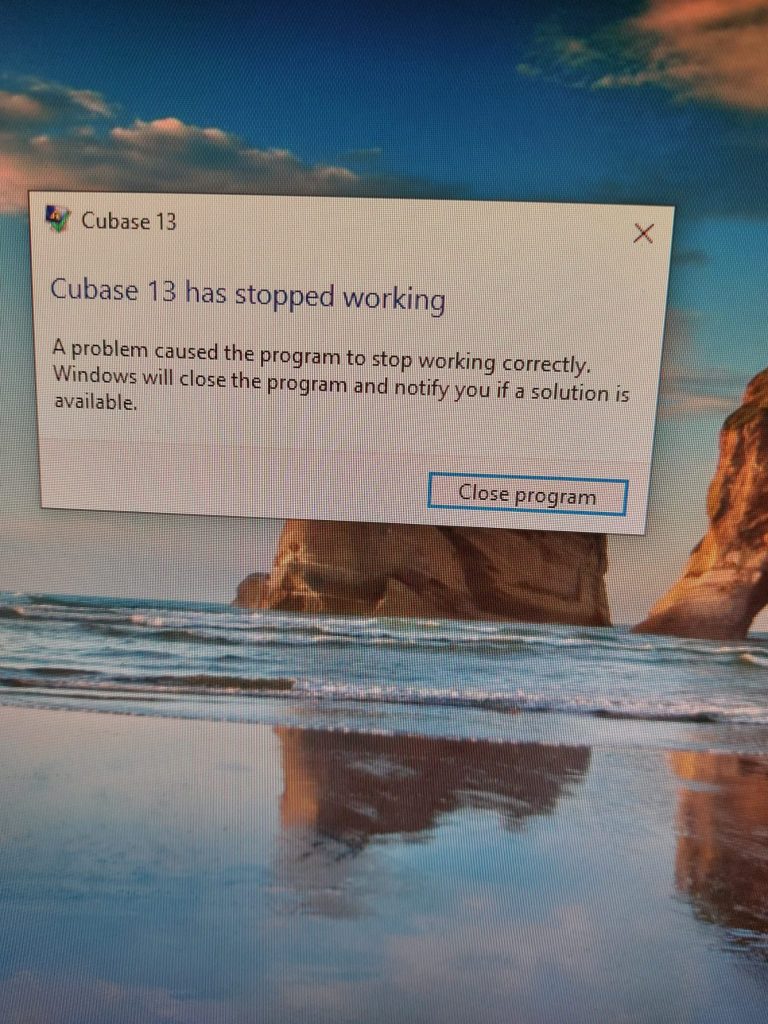
We experienced a rather frustrating few weeks dealing with Cubase after we upgraded from 12 to 13. We wanted to be able to use some of the new chord functions in Cubase 13, but the software was unstable and constantly crashing. After hours of updating plugins and troubleshooting work, I recommended that Derrick switch back to using Cubase 12 until Steinberg release a bug fix for 13.
At this point, Derrick and I had been working together for 9 months and (once we had Cubase stable), he was able to use everything that I had shown him to enjoy working independently on his own music between our teaching sessions. When we connected for our weekly remote sessions, I was mainly helping with the technical side of mixing his tracks and also offering suggestions on how he could turn his loops and ideas into fully developed songs.
Derrick started writing lyrics for his songs and we looked at how he could get the best results from his equipment when recording vocals. We set up track presets in Cubase so he could easily get his vocals sounding the way he wanted on every Cubase project.
Derrick was recording a new song pretty much weekly at this point and during our sessions we focused on polishing those songs and learning about mixing techniques. I showed him how we could use EQ to give each instrument its own space in the frequency range and how we could use compression and reverb to bring instruments/vocals forward or back in the mix.
Derrick sent me a pic of himself working on one of his tracks. His studio setup was looking great.
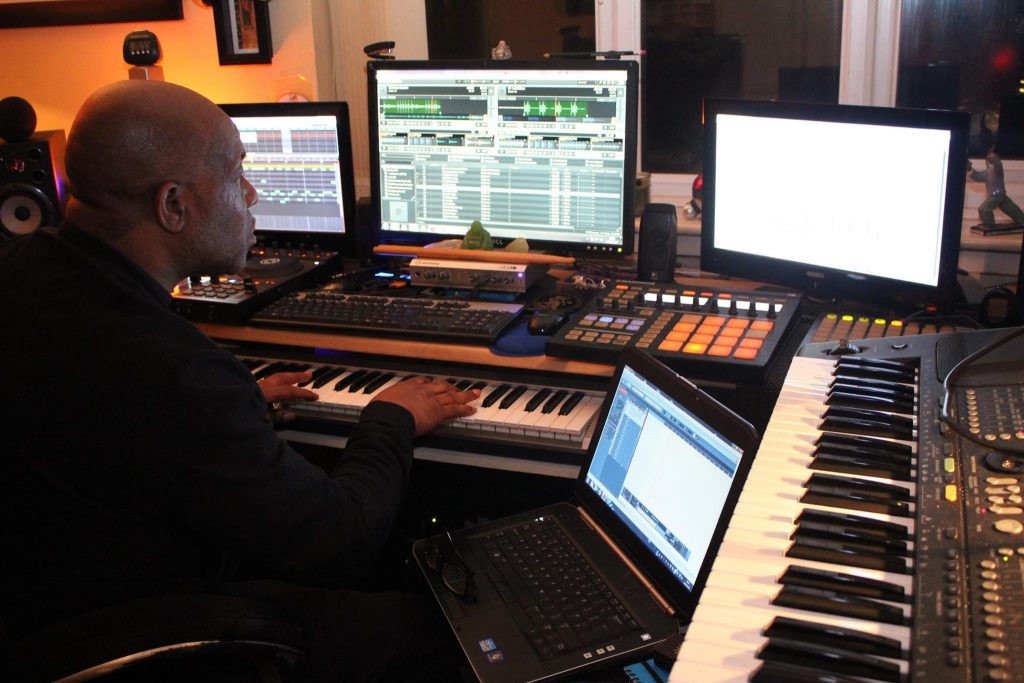
Releasing on TikTok
At this point Derrick had a small collection of songs that was happy with and wanted to put them online. He started making test posts on different platforms. His music received encouragement from friends on Facebook, but he found his biggest response was on TikTok where some of his videos received thousands of views.
Derrick and I then explored how to best upload his music to TikTok. We found that in order to upload his full tracks, we needed to create videos that contained the music embedded within them.
We used Microsoft’s ClimpChamp software to create simple videos with a background and text titles. Derrick and I spent a few weeks working through that process together and making sure Derrick was confident in creating the videos on his own.
Derrick was kind enough to write a review of my services and post it on my Google Reviews page.
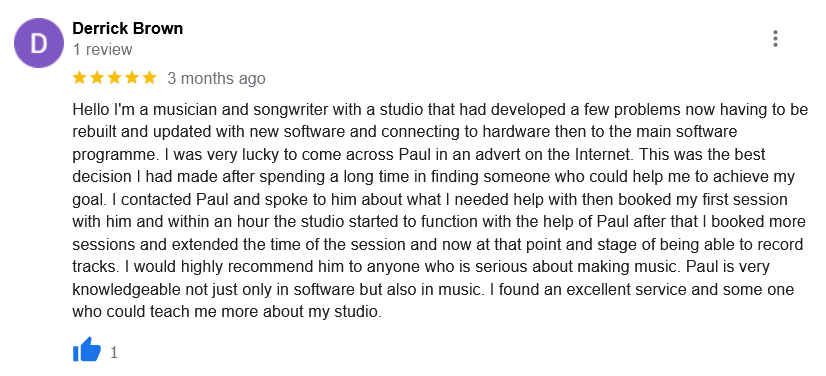
February 2024
It’s now been a year since I first started working with Derrick and I’ve written this article to show in detail how I work with my long-term clients and the sort of individualised tuition/technical support services I can offer.
I’m super proud of Derrick and everything he has achieved in the past year. You can find Derrick’s releases on TikTok here:
@derrickrbrown
About the Author
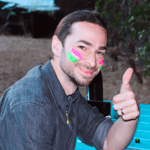
I’m the owner and lead technician for Audio Support, a small company based in London, UK that connects remotely with clients worldwide to help them with their music technology issues. I’ve run Audio Support since 2005 and in that time I’ve seen and solved thousands of recording studio problems.
Outside of Audio Support, I run music workshops at a local school, play bass in a 90s tribute function band and perform modular synth jams with friends on Twitch.
